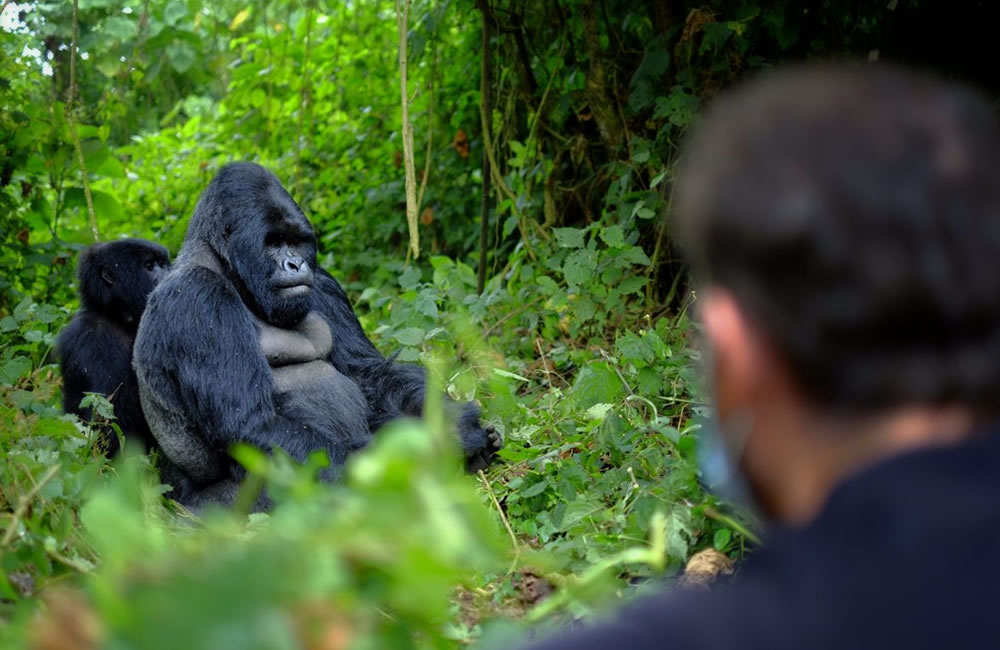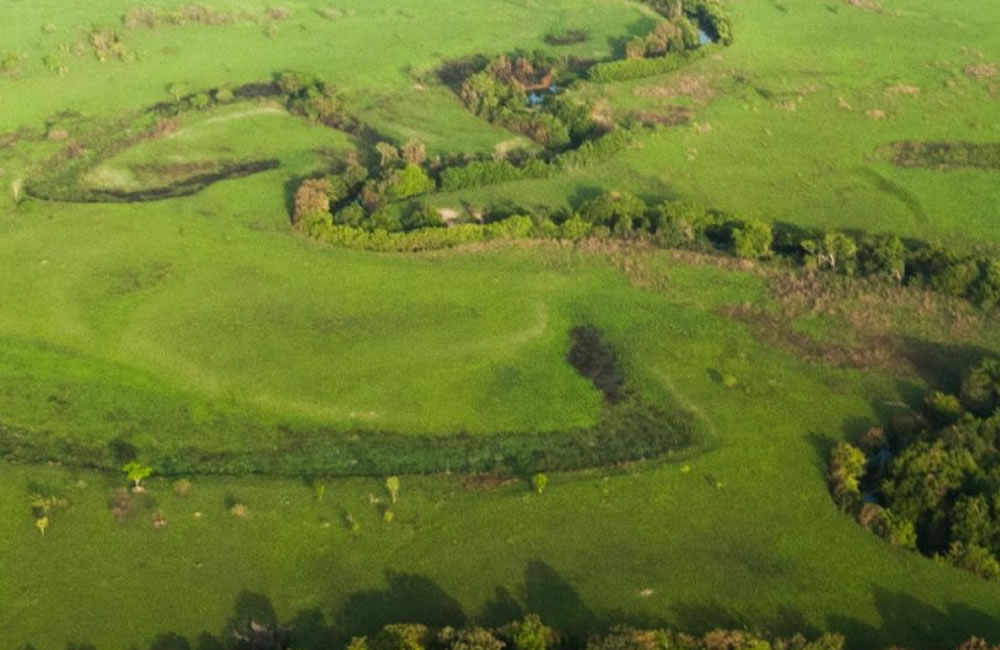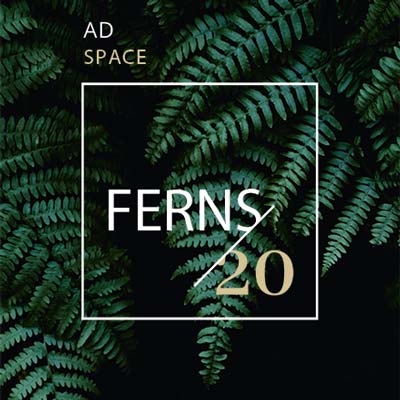Namibia stands out as an exceptional destination for a self-drive safari, characterized by its awe-inspiring landscapes, distinctive wildlife, and expansive open roads. The country boasts well-maintained highways, remarkable desert vistas, and extraordinary national parks, making it an ideal choice for travellers seeking to explore at their leisure. Whether your aspirations include traversing the immense dunes of the Namib Desert, observing wildlife in Etosha National Park, or uncovering the history of the ghost town of Kolmanskop, a self-drive safari with 4X4 Africa promises an unforgettable adventurere.
Why Choose a Self-Drive Safari in Namibia?
A self-guided safari in Namibia offers the opportunity to discover this expansive and picturesque nation at your own pace. The country boasts a well-established road infrastructure, making it one of the most accessible destinations in Africa for self-driving adventures. By utilizing a dependable 4×4 vehicle from Self Drive East Africa, you can access the most secluded and breathtaking sites while enjoying the advantages of independent travel.
Engaging in self-driving also enables you to appreciate Namibia’s stunning landscapes intimately. From majestic red sand dunes and rugged mountain ranges to vast salt flats and verdant river valleys, each region of Namibia presents a unique narrative. With numerous clearly marked routes and secure campsites available, travelers can fully engage with nature without the burden of logistical concerns.
The Best Places to Visit on a Namibia Self-Drive Safari
Sossusvlei and the Namib Desert
One of the most renowned destinations in Namibia, Sossusvlei, boasts some of the tallest sand dunes globally. The striking red dunes, particularly Dune 45, offer stunning views at sunrise, and the ascent to the summit provides sweeping panoramas of the surrounding desert. Dead Vlei, a clay pan encircled by skeletal acacia trees, presents one of the most extraordinary landscapes on the planet.
Embarking on a self-drive journey through the Namib-Naukluft National Park is an unforgettable adventure, allowing visitors to encounter unique wildlife such as oryx, springboks, and even elephants adapted to desert life. While the roads leading to Sossusvlei are well-maintained, a robust 4×4 vehicle is necessary for the final segment to the dunes.
Swakopmund and the Skeleton Coast
Swakopmund serves as the adventure capital of Namibia, situated along the Atlantic coastline. This coastal town features a unique combination of German colonial architecture and a vibrant atmosphere, making it an ideal location to unwind following desert excursions. Visitors can engage in various activities such as sandboarding, quad biking, and taking scenic flights over the desert.
From Swakopmund, one can head north to discover the Skeleton Coast, a breathtaking yet barren landscape adorned with shipwrecks, persistent fog, and colonies of seals. Cape Cross is notable for hosting one of the largest populations of Cape fur seals in the world, making it an essential stop on your self-drive journey.
Etosha National Park (Namibia’s Wildlife Haven)
A self-guided safari in Etosha National Park is an ideal experience for enthusiasts of wildlife. The expansive Etosha Pan, characterized by its vast salt flat, provides a stunning backdrop for observing animals. With well-maintained roads and strategically located waterholes, those driving themselves can easily encounter elephants, lions, giraffes, rhinos, zebras, and cheetahs.
The optimal period for wildlife observation occurs during the dry season, from May to October, when animals congregate around waterholes, presenting remarkable photographic opportunities. The park offers a range of campsites and lodges, enabling visitors to immerse themselves in the enchanting atmosphere of an African night beneath the stars.
Damaraland (Home to Desert Elephants and Ancient Rock Art)
Damaraland stands out as one of the most rugged and picturesque regions in Namibia, characterized by its towering mountains, deep valleys, and distinctive wildlife adapted to desert conditions. It is among the rare locations where one can observe desert elephants, which have evolved to thrive in arid environments. The Twyfelfontein rock engravings, recognized as a UNESCO World Heritage Site, offer a glimpse into thousands of years of San Bushman heritage through their ancient petroglyphs.
To navigate Damaraland effectively, a 4×4 vehicle is indispensable, given the rough and isolated nature of many roads. The effort, however, culminates in a genuine safari experience away from the usual tourist paths, allowing visitors to camp beneath the expansive, star-filled skies of Namibia.
Fish River Canyon (Africa’s Grand Canyon)
Fish River Canyon ranks as the second-largest canyon globally, extending more than 160 kilometers in length. The viewpoints within the canyon present stunning panoramic vistas, particularly during sunrise and sunset. Opting for a self-drive journey to Fish River Canyon enables one to appreciate the immense scale and splendor of this natural marvel.
For those seeking adventure, the Fish River Canyon Hike offers a multi-day expedition through the canyon’s challenging terrain, allowing for an intimate experience of Namibia’s striking landscapes.
Kolmanskop (Namibia’s Ghost Town)
Kolmanskop, once a bustling diamond mining settlement, has transformed into a haunting ghost town gradually engulfed by the encroaching desert sands. The deserted structures, blanketed in dunes, present a captivating and eerie spectacle. Situated in proximity to Lüderitz, Kolmanskop serves as an excellent destination for photographers and history aficionados delving into the southern region of Namibia.
Caprivi Strip (A Hidden Gem for Wildlife Lovers)
In contrast to the dry terrains found throughout much of Namibia, the Caprivi Strip is characterized by its verdant environment and abundant wildlife. This slender expanse of land, which shares borders with Angola, Zambia, and Botswana, is graced by the Zambezi, Chobe, and Kwando Rivers, drawing in hippos, crocodiles, and numerous bird species. Bwabwata National Park in the region provides exceptional opportunities for game drives and boat safaris, all while avoiding the large crowds typical of other national parks.
Tips for a Successful Namibia Self-Drive Safari
Rent a 4×4 vehicle: Numerous prime destinations in Namibia necessitate the use of a 4×4 vehicle, particularly for traversing sandy and gravel roads.
Carry extra fuel and supplies: It is advisable to refuel whenever feasible, as the distances between gas stations can be considerable. Additionally, it is prudent to carry extra water and snacks.
Book accommodations in advance: Namibia’s campsites and lodges tend to reach full capacity rapidly, particularly during the peak season.
Check the road conditions: Certain routes, particularly those in isolated regions, may necessitate thorough preparation. It is advisable to seek the latest information prior to departure.
Respect wildlife: It is essential to maintain a safe distance from animals and adhere to park regulations to guarantee a secure and responsible safari experience.
Conclusion
A self-drive safari in Namibia presents a unique adventure, granting travelers the liberty to discover breathtaking deserts, remarkable wildlife, and distinctive cultural landmarks at their own rhythm. From ascending the majestic dunes of Sossusvlei to observing lions in Etosha National Park and delving into the secluded splendor of Damaraland, Namibia guarantees an extraordinary experience. With Self Drive East Africa, you can traverse this stunning nation in a secure and comfortable 4×4 vehicle, making for an ideal African road trip.





